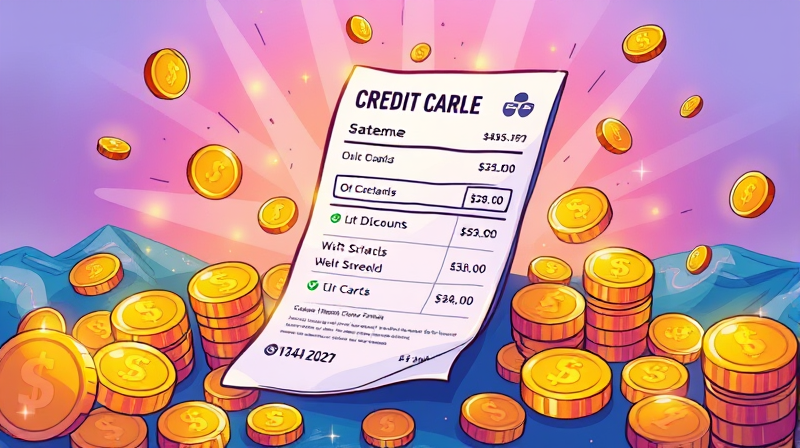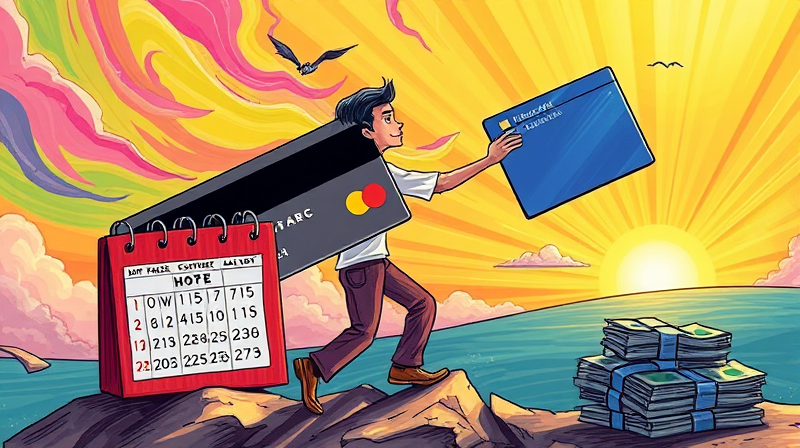
Unpaid balances can feel harmless at first, but when interest compounds, small debts can swell into overwhelming obligations. This article will guide you through the mechanics of compounding, reveal real-world examples, and offer practical strategies to stay in control of your finances.
At its core, interest is the cost of borrowing. Simple interest is calculated only on the principal, the original amount owed. In contrast, compound interest accrues not only on the principal but also on any unpaid interest, meaning interest is charged on top of interest. Over time, this distinction can lead to dramatically different outcomes.
Imagine borrowing $1,000 at 6% annual interest. With simple interest, you owe exactly $1,120 after two years. Compound interest, however, boosts that figure to $1,127.49 when compounded monthly. While this example seems modest, larger balances and longer durations amplify the gap significantly.
Compound interest grows according to how often it’s applied. Many credit cards and loans use daily or monthly compounding, accelerating the growth of unpaid balances.
The general formula for compound interest is:
A = P (1 + r/n)^(n t)
where P is the principal, r the annual rate, n the number of compounding periods per year, and t the time in years. For our $1,000 loan at 6% interest compounded monthly over two years:
A = 1,000 × (1 + 0.06/12)^(12×2) = $1,127.49.
That extra $7.49 beyond simple interest may seem small, but if left unpaid, on both principal and accumulated interest creates an accelerating cycle of debt growth.
This table highlights how more frequent compounding leads to faster growth, and why understanding your interest terms is crucial.
When invoices go unpaid, governments and businesses often impose compounded interest charges. In the U.S., federal invoice interest over one month late uses:
P(1 + r/12)^n × (1 + (r/360 × d)) – P
Here, P is the amount due, r the annual rate, n the full months overdue, and d any extra days. For a $1,500 payment 2 months and 15 days late at 6%, interest owed is roughly $18.83.
Shorter delays—under one month—use simple daily interest:
P × (r/360) × d
This distinction underscores how quickly late fees can compound into significant sums if invoices remain unsettled.
Compound interest can turn a manageable balance into a burdensome liability. The longer a debt remains unpaid, the more pronounced the effect:
That extra $735 represents exponentially higher the total owed amount simply because unpaid interest continued to accrue. Daily compounding on credit cards can be even more punishing, making it essential to pay off balances as soon as possible.
Regulatory limits, like the Servicemembers Civil Relief Act cap at 6%, can moderate compounding for eligible individuals, but always verify the rates and terms in your agreements.
Understanding compounding is only half the battle; taking proactive steps is key to financial stability. Consider the following strategies:
Regularly reviewing statements and maintaining a budget can prevent unpleasant surprises and foster healthy borrowing habits.
Compound interest can work for or against you. When applied to savings, it boosts wealth. When attached to unpaid balances, it inflates debt. Recognizing the power of repeated compounding, plan early and pay consistently.
Before entering any credit agreement, understand potential cost impact before borrowing. Ask lenders about compounding frequency, review the fine print, and use digital tools to monitor your balances. If you ever face difficulties, seek professional advice or financial counseling.
Armed with knowledge and a disciplined repayment strategy, you can harness the benefits of compound interest while avoiding its pitfalls. Start today by running a quick calculation on any outstanding debt and charting a clear path toward financial freedom.
References













